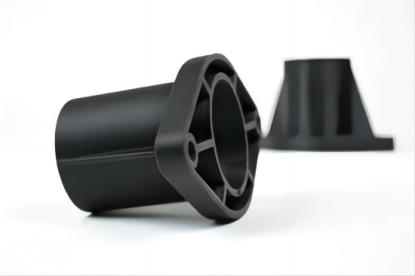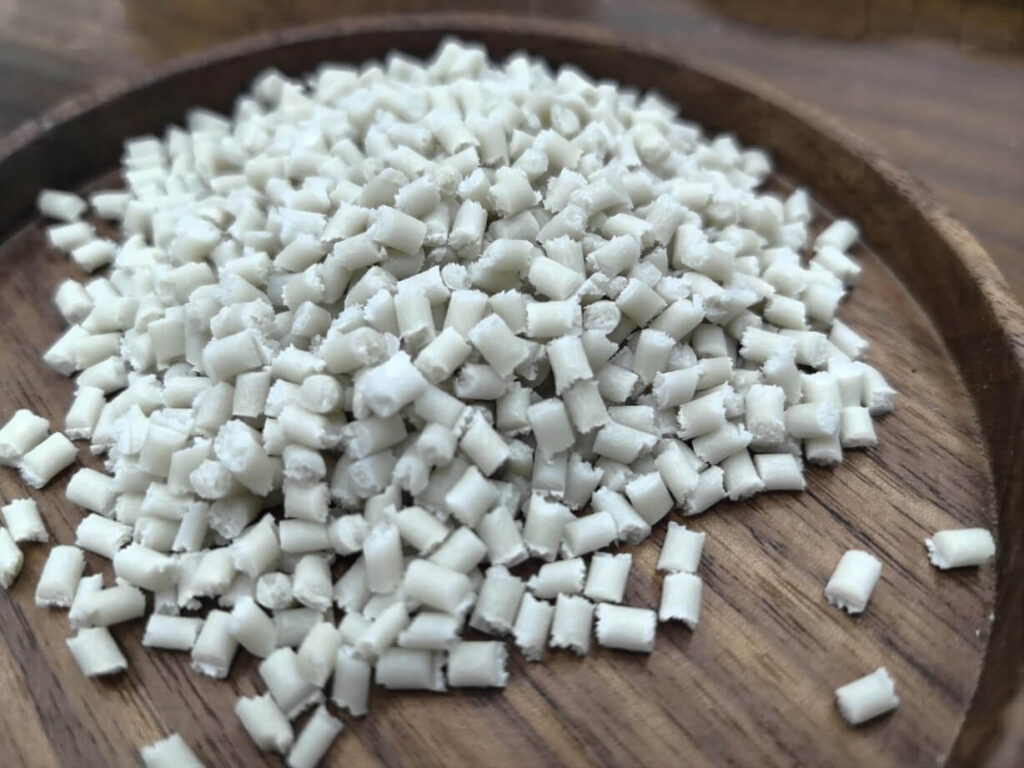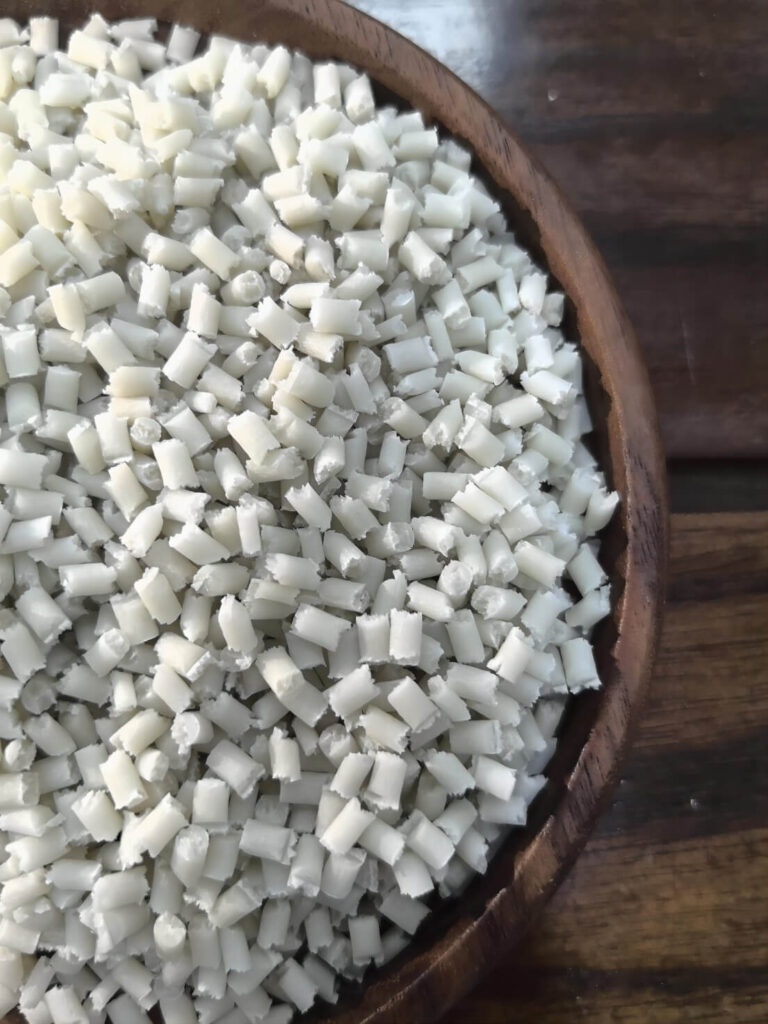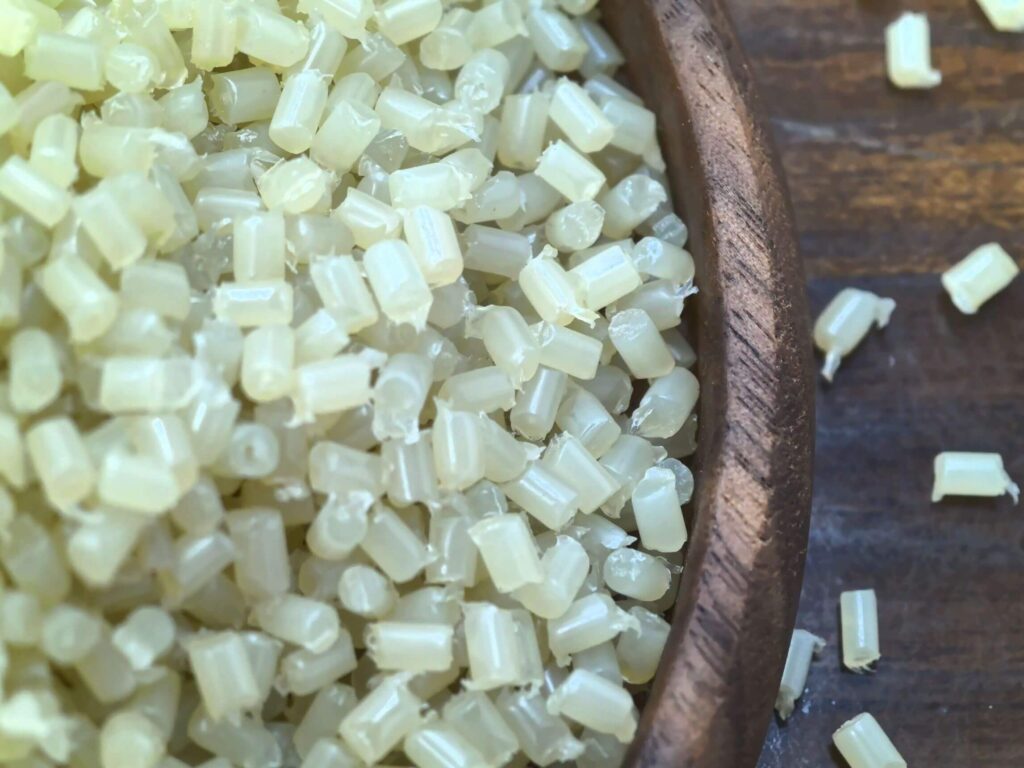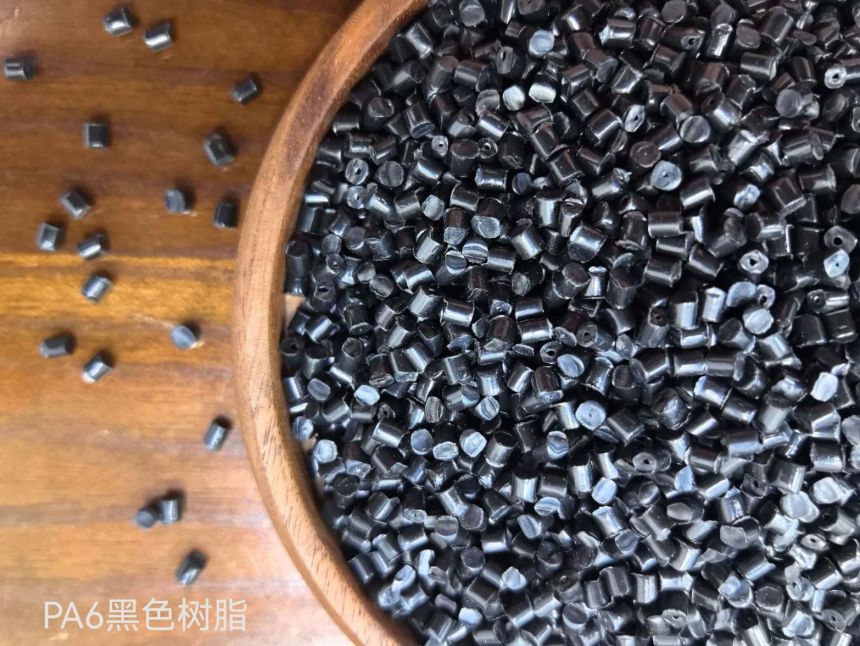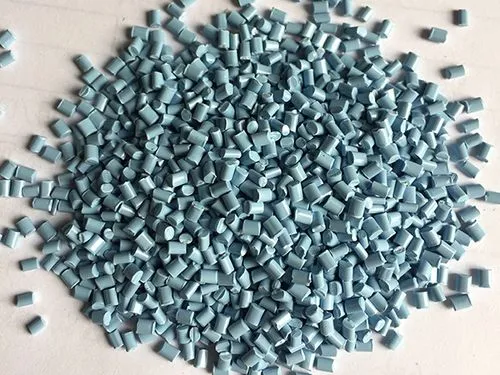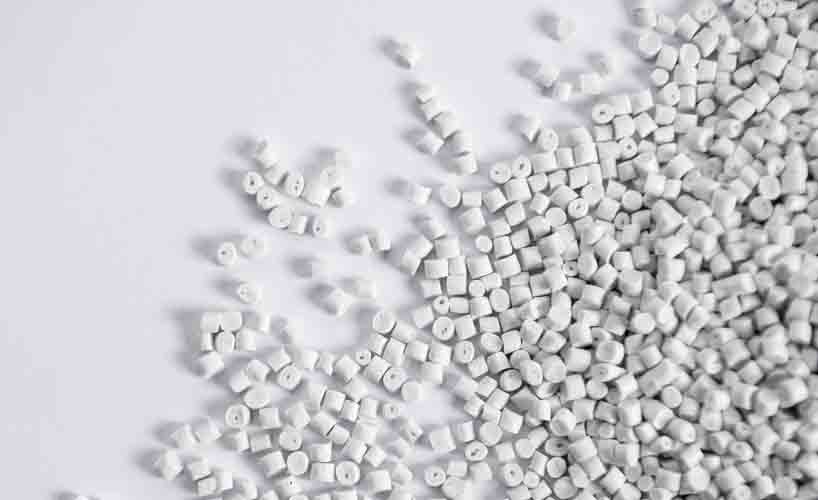Introduction: The Power of PA12 CF15 in Modern Manufacturing In the realm of advanced materials, PA12 CF15 stands out as a game-changer. This composite, comprising polyamide 12 (PA12) reinforced with 15% carbon fiber (CF15), combines the best attributes of both materials, resulting in a blend that is exceptionally strong, lightweight, and durable. The adaptability of […]
What is PA612 GF33? PA612 GF33 is a specialized polyamide 6 compound, a category of plastics celebrated for their robust mechanical properties and versatile applications. The “GF” in PA612-GF33 stands for “glass fiber,” indicating that the polyamide is reinforced with glass fibers to enhance its strength and durability. The number “33” represents the specific grade […]
Introduction of Plastic Reinforced Glass As the demands of modern technology and architecture evolve, the need for materials that offer a balance of aesthetics, strength, and safety becomes paramount. Plastic reinforced glass (PRG) has emerged as a revolutionary solution in this regard. Combining the transparency and elegance of traditional glass with the robust properties of […]
Plastic Reinforced Glass: The Material at a Glance Plastic reinforced glass stands out as a revolutionary material in the architectural world. It is crafted by placing a thin, high-quality glass layer between two robust plastic layers. This unique structure offers exceptional strength and impact resistance while maintaining the clear, elegant appearance of traditional glass. Additionally, […]
Understanding Material Properties: The Foundation of Selection When selecting a polyamide plastic material, the first step is to understand the core properties relevant to your application. PA plastics, including well-known variants like nylon, PA6 (polyamide 6), and PA66 (polyamide 66), offer a range of high-performance attributes. Key Material Properties Strength and Toughness: PA plastics are […]
Introduction of PA Plastic Material When it comes to choosing the right PA plastic material, understanding your application’s requirements is key. Whether it’s the operational environment, mechanical performance, or aesthetic appearance, each factor plays a vital role in determining the most suitable PA material. This guide walks you through the considerations necessary for making an […]
Introduction of Plastic Color Have you ever noticed how certain plastic items, like storage containers or outdoor furniture, can change color over time? This phenomenon occurs due to the combined effects of heat and humidity on plastic materials. In this article, we will explore the underlying reasons behind this color transformation and examine the key factors […]
Degradation of the Polymer Chain Plastic yellowing primarily stems from the degradation of polymer chains. These long chains of monomers, interconnected by covalent bonds, are susceptible to environmental stressors like UV radiation, heat, and oxygen. As these bonds break down, they form double bonds and other chemical alterations, ultimately resulting in smaller molecules. This process, […]
Introduction of Nylon’s UV Resistance Nylon, a versatile synthetic polymer renowned for its exceptional properties, has gained prominence across diverse industries. Among its notable attributes is its remarkable resistance to ultraviolet (UV) radiation. This quality makes nylon an ideal choice for applications demanding longevity and reliability under direct sunlight or artificial UV exposure. This article […]
Introduction of Nylon UV Resistance Nylon, a synthetic polymer celebrated for its strength, flexibility, and resilience, has found widespread use across industries, particularly in applications requiring durability in outdoor environments. Among its notable attributes is its ability to withstand ultraviolet (UV) radiation—a property that enhances its suitability for various outdoor applications. This article delves into […]

